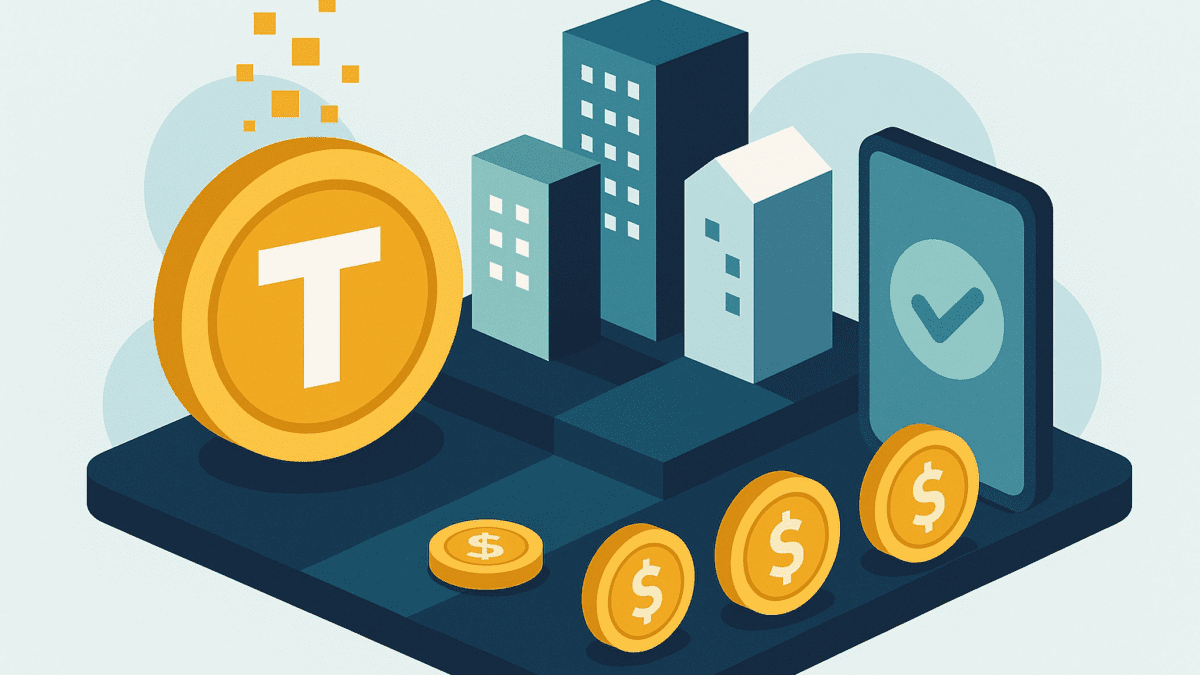Tokenized Assets & Fractional Ownership: FinTech’s Next Frontier
Table of Contents
Introduction
Real estate. Fine art. Vintage cars. Rare collectibles. Historically, only the wealthy could afford to invest in such high-value assets. But thanks to tokenization and fractional ownership, the FinTech revolution is making these exclusive markets accessible to everyday investors.
In 2025, tokenized assets represent one of the most disruptive shifts in finance. This blog explores how tokenization works, why it matters, and how it’s redefining asset ownership globally.
What Are Tokenized Assets?
Tokenizationis the process of converting ownership rights of a real-world asset into a digital token on a blockchain. These tokens are stored, transferred, and traded just like cryptocurrencies—but they represent tangible or intangible real-world value.
Common tokenized assets include:
- Real estate properties
- Art and collectibles
- Private equity and venture capital stakes
- Precious metals
- Intellectual property
Each token can represent a fraction of the total asset value, allowing multiple individuals to own shares of a single item.
How Fractional Ownership Works
Fractional ownership allows investors to purchase small portions of high-value assets, reducing financial barriers while diversifying portfolios.
Here’s how it works:
- Asset Evaluation: A physical or financial asset is assessed and valued.
- Token Creation: The asset is divided into digital tokens via a blockchain protocol.
- Ownership Distribution: Investors buy and trade tokens, gaining fractional ownership.
- Profit Sharing: Any income or appreciation (like rent or resale value) is distributed proportionally.
Platforms like RealT, Masterworks, and Avenue are leading this trend by offering tokenized real estate, art, and other alternative investments.
Why This Matters in FinTech
Tokenization is more than a tech upgrade—it’s a financial equalizer. Here’s how it’s changing the game:
- Lower Entry Barriers: Instead of needing $500,000 to invest in a rental property, users can now start with as little as $100.
- Enhanced Liquidity: Traditional assets like real estate are highly illiquid. Tokenization allows 24/7 trading on secondary markets, improving liquidity significantly.
- Global Access: Investors from anywhere in the world can buy into U.S. properties, European artwork, or Asian tech startups without regulatory chaos.
- Smart Contracts = Trustless Systems: Automated smart contracts handle dividend payouts, profit sharing, and transaction execution—reducing friction and fraud.
Real-World Use Cases
- Real Estate: Platforms like RealT tokenize U.S. rental properties, enabling global investors to earn rental income in stablecoins.
- Fine Art: Masterworks lets users invest in shares of multi-million-dollar paintings by Banksy or Picasso. When the artwork is sold, returns are distributed based on shareholding.
- Collectibles & Cars: Startups like Rally tokenize classic cars, memorabilia, and even rare comic books for fractional investing.
- Private Markets: VC funds are experimenting with tokenizing LP shares to improve liquidity in startup funding rounds.
Read Also: What is an IPO? A Beginner’s Guide to Initial Public Offerings
Challenges & Regulatory Concerns
As with any disruptive innovation, tokenization comes with caveats:
- Regulatory Uncertainty: Global frameworks vary wildly. The SEC, FCA, and MAS all have different interpretations of what constitutes a security token.
- Technical Barriers: Blockchain adoption still faces issues with scalability, interoperability, and security.
- Custody & Insurance: Storing tokenized assets securely and ensuring they’re backed by real assets remains a concern.
- Market Volatility: Tokenized assets are vulnerable to liquidity risks, platform failures, or smart contract bugs.
FinTech Players Leading the Charge
- tZERO: A regulated platform for security token trading.
- Securitize: Offers end-to-end tokenization and compliance.
- Polymath: A protocol built specifically for issuing security tokens.
- Avenue: Tokenizes alternative assets for institutional use.
These platforms are not just enabling tokenized finance—they’re building the infrastructure for its mainstream adoption.
iTMunch Insight: The Martech Angle
As tokenization gains traction, FinTech marketing strategies must evolve. It’s not enough to talk about blockchain anymore—you need to explain real-world benefits.
Here’s how FinTech brands are marketing tokenized assets in 2025:
- Interactive Whitepapers: Instead of PDFs, brands use animated explainers embedded with CTAs.
- Fractional ROI Calculators: Let users simulate returns based on token purchase size.
- Influencer-led Case Studies: Real stories from micro-investors boost credibility.
- AI-Powered Onboarding Bots: These help new users understand compliance, taxation, and portfolio diversification.
Want to syndicate your FinTech content with precision? Explore iTMunch’s B2B content syndication services.
The Road Ahead: What’s Next for Tokenized Finance?
The tokenization wave is just beginning. Here’s what’s coming:
- CBDCs + Tokenized Assets: Central bank digital currencies will pair naturally with token marketplaces.
- Tokenized ESG Assets: Environmental impact investments will be tokenized for traceability.
- Real-Time Compliance: AI and blockchain will enable dynamic KYC and AML monitoring.
- DeFi Integration: Tokenized real-world assets (RWAs) will be used as collateral in decentralized finance lending platforms.
Conclusion: A New Financial Order
Tokenization and fractional ownership aren’t just FinTech buzzwords—they represent a seismic shift toward inclusive, global finance.
In a world where access equals power, tokenized assets offer the ability for anyone, anywhere, to invest, grow, and participate in previously exclusive markets.
Looking to position your FinTech brand at the forefront of this revolution?
iTMunch helps FinTech startups and enterprises grow through strategic content, syndication, and digital marketing. Explore our services or contact us to elevate your visibility in 2025 and beyond.





